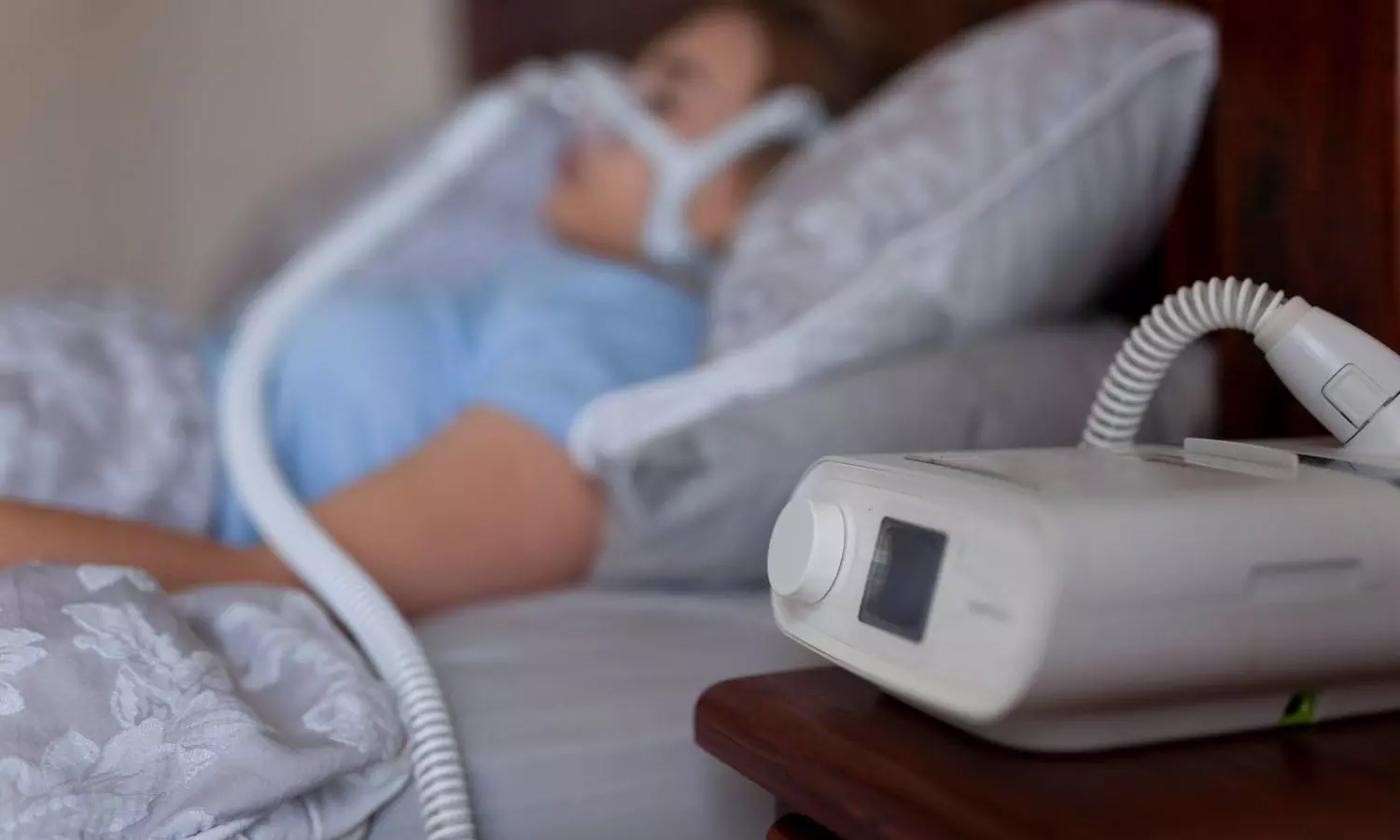Why male embryos grow faster: Study reveals genetic clues

Cornell researchers have uncovered the genetic triggers that cause male and female bovine embryos to develop differently, as early as seven to eight days after fertilization. The breakthrough in basic science has implications for human health – such as drug development and in vitro fertilization – and for bovine health and dairy industry sustainability.
Scientists have known since the 1990s that male embryos of multiple mammalian species, including humans, grow faster than female embryos, but until now, the underlying reasons were unclear.
In a new paper, published Aug. 27 in Cell & Bioscience, Cornell scientists grew bovine embryos in petri dishes then analyzed their genetic sex and RNA sequencing, which shows how genes are being expressed. They discovered significant sex differences in gene regulation: Male embryos prioritized genes associated with energy metabolism, causing them to grow faster than their female counterparts. Female embryos emphasized genes associated with sex differentiation, gonad development and inflammatory pathways that are important for future development.
Understanding these fundamental sex differences at the genomic and molecular levels is critically important to improving in vitro fertilization (IVF) success in humans and cows, and in developing treatments that will work for both men and women, said Jingyue “Ellie” Duan, assistant professor of functional genomics in the College of Agriculture and Life Sciences and paper co-author. Co-first authors are Meihong Shi, a postdoctoral associate, and Guangsheng Li, a Ph.D. candidate, both in Duan’s lab.
“Sex difference has been a factor ignored in a lot of studies and clinical trials. Until very recently, most mouse studies have used exclusively male mice. And most drug discovery is done with male mice,” Duan said. “And yet, we see that onset and occurrence of many diseases are different in men and women: Alzheimer’s, autoimmune diseases, heart disease. In this basic study, we found that male and female embryos are different, even at this very early stage, on the basis of genome regulation.”
At this early stage, sex-associated hormones like estrogen and testosterone – which contribute to average size differences between male and female adults – have not yet come into play. Advances in genome sequencing technology enabled researchers to revisit the question at a genome-wide level, Duan said.
“This could imply that there’s an intrinsic factor in our genome contributing to the sex-based differences we see, such as sex chromosomes (XX versus XY) or sex-linked genes, not just from hormonal change or environmental factors,” Duan said. “We’re born with this sex-specific genetic regulation that is contributing very differently to cellular behavior, disease onset and immune system development, and continues through life all the way to health and aging. That’s a very important message for people in the clinical field and people developing drugs to understand.”
Bovines are an effective animal model for human-health studies, but bovine research is also important for its role in supporting food supplies and sustainable agriculture. Understanding and optimizing bovine reproduction is especially important for the dairy industry, which relies on cattle reproduction through IVF to maintain milk supplies.
Duan’s lab collaborated in this research with the lab of Soon Hon Cheong, Ph.D. ’12, associate professor of clinical sciences in the College of Veterinary Medicine. The project would not have been possible without collaboration between Duan’s genomics-focused lab and Cheong’s group, which studies reproductive medicine and assisted reproductive techniques, Duan said.
Future research, already underway in both labs, will expand this work by studying sex differences in embryos from fertilization through day eight after fertilization.
Reference:
Shi, M., Li, G., Araujo, H.M. et al. Sex-biased transcriptome in in vitro produced bovine early embryos. Cell Biosci 15, 123 (2025). https://doi.org/10.1186/s13578-025-01459-x
Powered by WPeMatico











